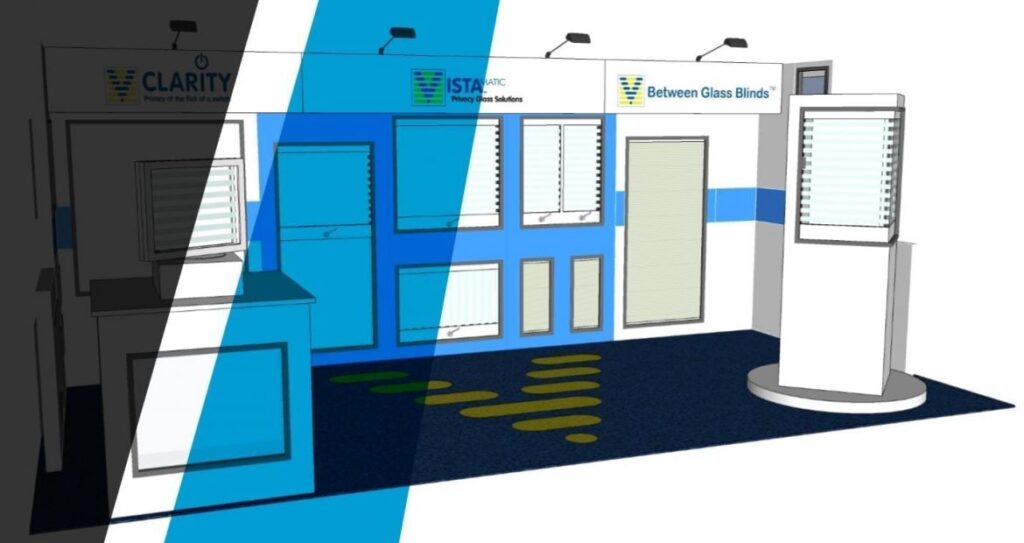Issues Keeping Healthcare Providers And Designers Up At Night?
August 18, 2021Original article posted on Healthcare Design Magazine by Debra Levin
The Center for Health Design’s Mission
The Center for Health Design aims to deliver built environment solutions that support today’s healthcare systems and help shape tomorrow’s. These tools serve not just healthcare providers, but also architects and designers. In 2015, the organization renewed its focus on creating forward-thinking resources for the entire healthcare design industry.
To do this, they create conversation through educational sessions, research, and regional events. These efforts help connect professionals from different disciplines and foster shared progress.
What Keeps healthcare Industry Leaders Up at Night?
At the 2014 Healthcare Design Conference, Healthcare Design Magazine invited attendees to take part in a poll. They asked: “What issues in the industry keep you up at night?” Participants could choose up to three of 24 key concerns. These included:
- Decreasing inpatient volume
- Reducing operating costs
- Never events
- Redesigning care processes
- Reducing errors and infections
- Perceived quality of care
- Active living and wellness centers
- Patient-centered medical homes
- Models of care for the aging population
- Staff satisfaction, well-being, and retention
- Noise, cleanliness, and communication
- The impact of technology on facility design
Key Differences Between Healthcare Designers and Providers
Poll results were divided into two groups: architects/designers and healthcare providers. The findings revealed major differences in what each group considers top priorities.
For architects and designers, the leading concerns were:
- The impact of technology on facility design
- Designing for an aging population
- Reducing infections and redesigning care processes (tied)
For healthcare providers, top concerns included:
- Redesigning care processes
- Staff culture and reducing operating costs (tied)
- Reducing avoidable readmissions and improving staff satisfaction and retention (tied)
Finding Common Ground
So why the difference in priorities? It could be that each discipline views the industry through a different lens. Or perhaps, it’s a matter of communication and shared language. The bigger question is: How can we build bridges between these perspectives?
Interestingly, some topics overlapped. Both groups expressed concern about technology’s role in facility design. Additionally, both are interested in using design to improve staff culture and reduce costs. These common interests offer a starting point for collaboration.
Moving Forward Together
There may be strong links between goals such as reducing errors, redesigning care, and preventing readmissions. Exploring these connections could lead to better outcomes for everyone involved.
Ultimately, designers can address healthcare providers’ top concerns through smarter, more responsive design. At the same time, providers have the chance to guide design teams by clearly communicating their needs and challenges.
To view the original article, please visit HealthcareDesignMagazine.com
